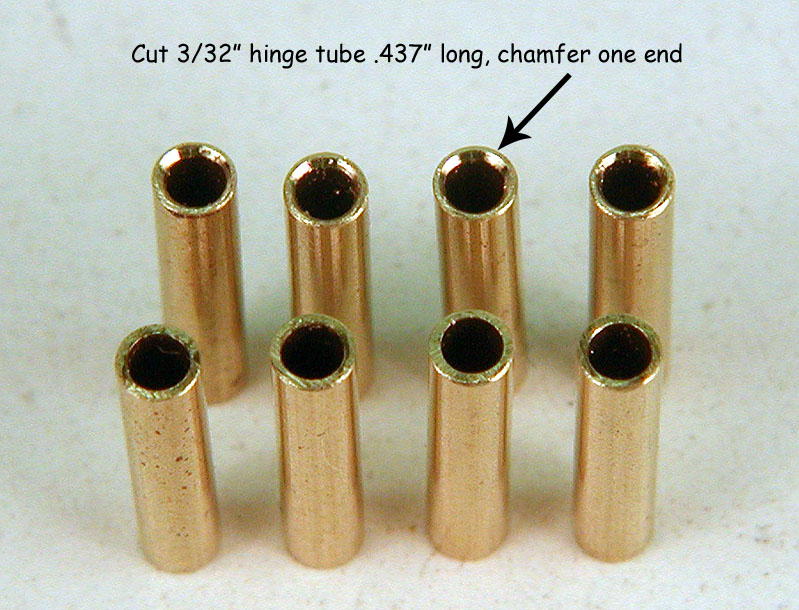Recently I bought a Rick's (R-Geo) jig. Other builders on this Blog have made all sorts of happy noises about it, so I figured it was worth a try.
So far, I'm happy with it too, particularly the large number of precisely located holes, which not only makes squaring and centering much easier, but provides for many combinations of oddly sized and shaped chassis configurations.
That being said, I will add that I've quickly become aware that its continued precision as a jig is heavily dependent upon how it is treated; so be sure you read-and-heed the instructions, and give it lots of TLC!
Anyway, now it's time to build something with this shiny new jig.
About six years ago Rick Thigpen and I built replicas of one of Bob Emott's more popular chassis designs - a late 1968 Batwinder. Rick did the machine work for the composite drop arms and I did the reverse-engineering and formed the piano wire for the one-piece motorboxes. Worked out pretty well. Here's my completed replica:
Having worked out what I believed to be the critical Batwinder dimensions and proportions, I decided to also build my own iterpretation of the style, mostly just for the fun. I wanted this to be an ealier version; say about July of 1968, so I gave it a narrower drop arm and no plumber or batpans. I also made it a left-side drive, because the Batwinder was right-side drive, and I was just fooling around with the chassis architecture.
I called it a "Texas Two Rail" because when I built it (and the Emott Batwinder) I was on a temporary consulting and support assignment in El Paso, Texas, and living in a hotel room. My employer kept me there for three months - joy - but that's another story.
Here's the finished chassis:
The "new" Texas Two Rail (the subject of this thread) will have further refinements, including a built-up 7/8" slab drop arm and right-side drive because it's "period-correct" for mid 1968. I also increased the taper on the outer main rails because I think it looks good.
So to be clear, this is not a replica build, in fact, aside from learning how to use my Rick's jig the main idea of this build is to test a concept that involves combining "period-correctness" with "using what's widely available to build with". More on that later, depending on whether or not the idea ends up being a "zero hour return" (Hi, Don! ![]() )
)
Here's a DRAFT drawing of what I have in mind:
I haven't settled on how I want to do the drop arm downstop, so it's not there yet. I may shift other things around as I learn more about what I can do with my Rick's jig.
In the meantime, let's get started. First, bend some piano wire for the Emott style one-piece motorboxes (how to do this can be found here):
Next, set up the rear axle. I used .750" wide wheels because they are "full width" (for 1968) and also a Cobra spur because it is wider than almost any other gear that is currently available. I can still use a 1-1/8" long axle tube with a half-dozen .005'" washers for fine adjustment and stay within 3 inches.
Emott used a 1-1/16" long axle tube on his Batwinders mostly I believe because he wanted his chassis to be adaptable to any gears and wheels that came along. I'm not worried about that design specification.
For jig axle material, I use this stuff. Comes in 12 inch lengths so you can cut it to any length you want for the jig, and it resists corrosion much better than non-stainless steels.
One of the things I want any jig I use to be able to do is show the motor angle. I will use this to position the motorbox correctly so everything else will fit the way it's supposed to. I discovered that if you put the 1/8" pegs in the certain holes and lay a steel rule up against those pegs, you can pencil in a line that precisely matches the correct motorbox angle. Like this:
Remove the pegs and here's what it looks like from the front. Ready to build up the motorboxes:
Using some locating pins to position two temporary rails 1-1/2" apart, tweak and locate the motorbox so that:
1. Both free ends are in contact with the axle tube.
2. The motorbox is in contact with the temporary rail on the gear side.
3. The forward edge aligns parallel with the pencil line.
Like this:
If you formed the piano wire part carefully and precisely, it should just drop into place and be ready to solder. Here are three motorbox subassemblies, ready to build chassis with:
Next up: Main rails and front axle tube.
























































